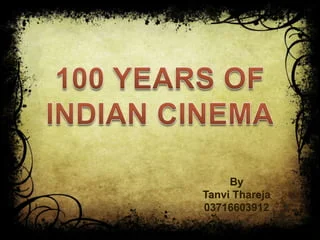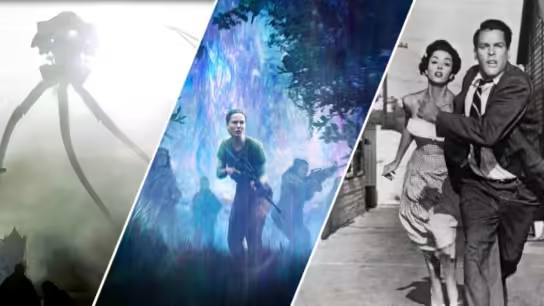The 1960s marked a transformative era in cinema, characterized by innovation, cultural revolution, and a shift towards more experimental and socially conscious storytelling. This decade saw the rise of influential directors, the birth of new genres, and the exploration of taboo subjects that challenged societal norms. From iconic classics to groundbreaking experiments, the movies of the 1960s continue to inspire and shape the world of filmmaking today.
1. New Wave Cinema: Breaking Boundaries
One of the defining movements of the 1960s was the emergence of New Wave cinema, particularly in France. Directors like François Truffaut with “The 400 Blows” (1959) and Jean-Luc Godard with “Breathless” (1960) pioneered a fresh approach to filmmaking. They discarded traditional narrative structures, embraced natural lighting and location shooting, and explored themes of alienation and existentialism.
2. Hollywood’s Golden Age Continues: Blockbusters and Classics
In Hollywood, the 1960s continued the tradition of producing enduring classics and blockbuster hits. Films like “Lawrence of Arabia” (1962), directed by David Lean, showcased epic storytelling and breathtaking cinematography. Meanwhile, Alfred Hitchcock’s “Psycho” (1960) redefined the horror genre with its psychological depth and shocking twists, influencing countless thrillers to come.
3. Social Commentary and Cultural Shifts
The 1960s was a decade of profound social change, and cinema mirrored these shifts. Stanley Kubrick’s “Dr. Strangelove or: How I Learned to Stop Worrying and Love the Bomb” (1964) satirized Cold War anxieties and nuclear paranoia. “Guess Who’s Coming to Dinner” (1967), starring Sidney Poitier, tackled interracial marriage and racial prejudice in a poignant and groundbreaking manner.
4. Expanding Horizons: International Cinema
Beyond Hollywood and French New Wave, international cinema flourished in the 1960s. Italian director Federico Fellini’s “La Dolce Vita” (1960) captured the essence of post-war Italy with its decadence and existential angst. Akira Kurosawa’s “Yojimbo” (1961) redefined the samurai genre with its gritty portrayal of a lone warrior navigating a corrupt town in feudal Japan.
5. Technological Advancements and Visual Innovation
The 1960s also witnessed significant advancements in film technology and visual effects. Stanley Kubrick’s “2001: A Space Odyssey” (1968) pushed the boundaries of special effects and storytelling, offering a visionary depiction of space exploration and human evolution. The film’s stunning visuals and philosophical themes continue to influence filmmakers and audiences alike.
6. Cultural Icons and Enduring Legacies
The 1960s introduced audiences to enduring cultural icons and cinematic legends. Sean Connery’s portrayal of James Bond in “Dr. No” (1962) launched one of cinema’s most enduring franchises, while Audrey Hepburn’s iconic performance in “Breakfast at Tiffany’s” (1961) defined elegance and style for a generation.
7. Experimental Film and Avant-Garde Movements
The decade also saw an increase in experimental filmmaking and avant-garde movements. Andy Warhol’s “Chelsea Girls” (1966), a split-screen exploration of New York’s underground scene, challenged conventional narrative structures and pushed the boundaries of art and cinema.
8. Legacy and Influence
The movies of the 1960s left an indelible mark on cinema, influencing future generations of filmmakers and shaping the way stories are told on screen. From the rebellious spirit of New Wave cinema to the technical innovations of Hollywood blockbusters, the decade’s films continue to resonate with audiences and critics alike, standing as timeless classics that capture the essence of their era.
In conclusion, the 1960s was a decade of cinematic innovation, cultural upheaval, and artistic exploration. Through its diverse range of films and visionary filmmakers, the decade not only entertained but also challenged audiences, reflecting the dynamic spirit of the times and leaving a lasting legacy on the world of cinema.





